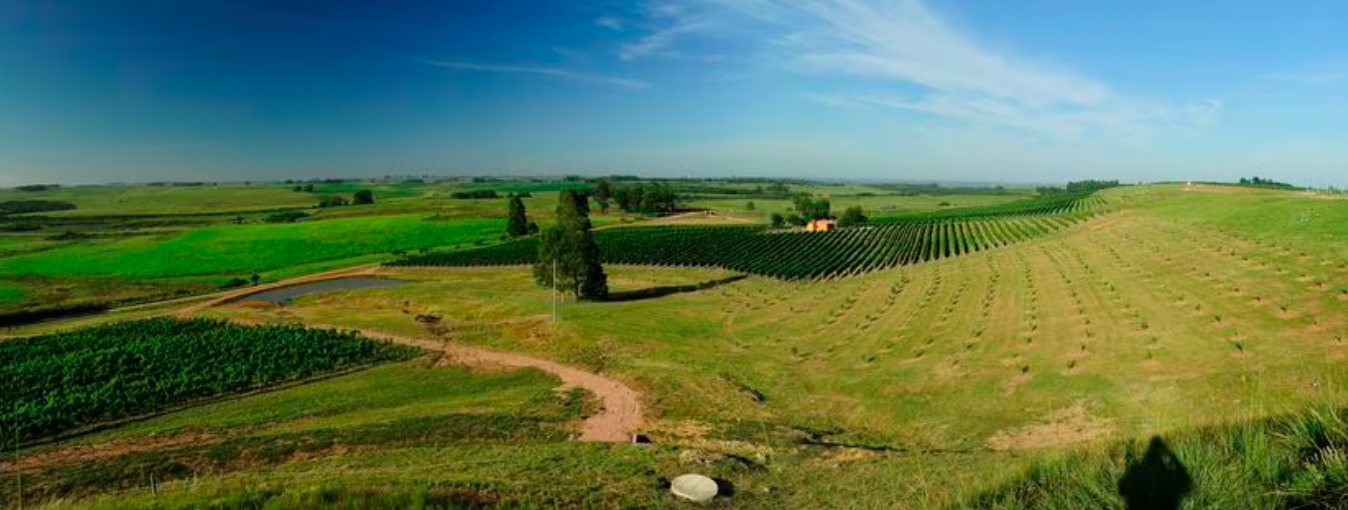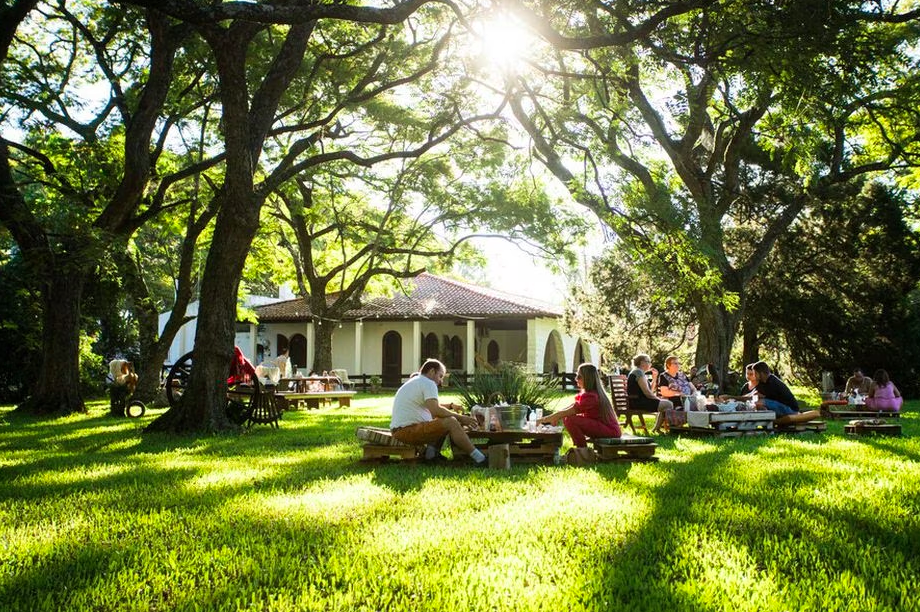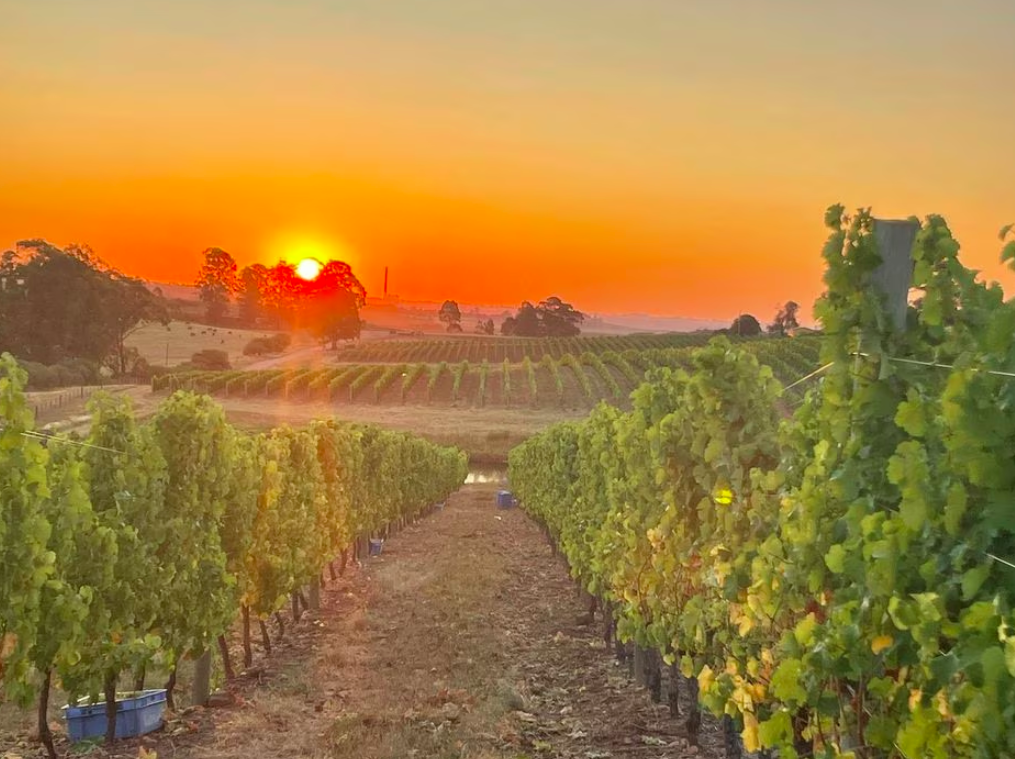CCR Aeroportos manages three airports in Rio Grande do Sul, gateways to local traditions, and connection points with neighboring countries
Bagé, Uruguaiana, and Pelotas have much in common besides sharing the gaucho culture and habits.
They are medium-sized cities with populations between 100,000 and 500,000, which covers only 5% of the Brazilian municipalities.

Located in the south of the state, they are very close to Uruguay – and, in the case of Uruguaiana, also to Argentina.
This contact with neighboring countries is important to the region’s identity.
Another characteristic these cities share is that they host airports managed by CCR Aeroportos, with operations starting in March 2022.
“Rio Grande do Sul is a very important state in the country and one that we consider strategic for our company,” points out Fabio Russo, CEO of CCR Aeroportos.
To contribute to the sustainable development of the regions where it operates, the concessionaire has been strengthening the dialogue with local entities and leaders, in addition to continuously negotiating with airlines to improve and expand the range of flights in each of the airports it manages.
The goal is to enhance regional vocations and boost businesses, jobs, and income generation.

PROMISING PARTNERSHIP
“Pelotas, Uruguaiana, and Bagé are deeply connected to the economic base of Rio Grande do Sul,” says the governor, Eduardo Leite.
He recalls that the three cities are a reference for the primary sector economy, which accounts for about 40% of the state’s Gross Domestic Product (GDP).
“They are strategic, each one in its way, for us to consolidate our development plan, which bets on the traditional economy but also opens perspectives for technological innovation and for attracting companies in new sectors,” evaluates the governor.
One of the lines of action that the government will adopt in the new term is to expand the promotion of the state’s potential, Leite emphasizes.
“In this sense, we will work on promoting the logistical advantages provided by all the models, which we are improving from a significant cycle of investments.”
For the governor, the airports in the state’s interior play a fundamental role in bringing the Rio Grande do Sul population and economy closer to companies worldwide through the routes that connect them to the country’s main airport hub, São Paulo.
“In the last few years, Rio Grande do Sul has implemented an agenda of reorganization, modernization, and streamlining of the public machine that has balanced its accounts and allowed us to start an investment program without precedent in recent history.”
“In this context, besides other adjustment measures, we carried out privatizations and started a partnership program with the private sector in several areas,” Leite describes.
He says that the goal of the partnerships with the private initiative is to accelerate investments that impact the gaucho economy’s competitiveness and the population’s quality of life.
“CCR Airports fits into this scenario of public-private collaboration with Rio Grande do Sul, as it has taken over strategic airports located in the southern half of the state and in the western border, regions facing specific economic challenges,” says the governor.
“Even though it is a federal concession, the operations certainly connect to our policy of encouraging regional aviation, which bets on the expansion and qualification of routes and airports, for which CCR Airports’ expertise will be a decisive factor.”

Fostering tourism is part of the effort undertaken by CCR Airports in Rio Grande do Sul.
“The airports managed by the company in the state are the gateways to get to know a region of the country that provides different experiences, with many surprises and charms,” describes Fabio Russo.
He also emphasizes the three cities’ role in the relationship with neighboring countries – many passengers who use their airports are foreigners.
“We are concerned about providing Brazilians and our neighbors the best service. This includes efficiency, comfort, and quality in the information provided.”
The most populous of the three municipalities is Pelotas, the fourth largest in Rio Grande do Sul, with almost 350,000 inhabitants.
Visiting the city in early December 2022, Fabio Russo announced the investments planned for the airport during an event at the local Commercial Association.
The construction work will start in the next months to improve the customers’ experience, besides promoting local tourism and the region’s development.
The passenger terminal will be renovated and expanded to increase the comfort and quality of services at the airport.
The runway will also undergo improvements, such as adequate signaling and the expansion of the safety strip, which will enable the arrival of new flights to the southern region of the state.
After the renovation, which should be concluded in early 2024, the terminal can simultaneously handle up to three Boeings 737-700.
“We have a great interest in bringing more flights to the region. I believe this will come for two reasons: the natural growth of the city of Pelotas and the effort to publicize the potentialities and local tourism. This is a job we want to develop together with the city, and the state of Rio Grande do Sul,” says Russo.

NEW FLIGHT OPTIONS
Located an hour and a half from the border with Uruguay, Pelotas is known for the value given to culture, including many museums and preserved historic buildings.
In 2018, the Institute of National Historical and Artistic Heritage (Iphan) granted it the title of Brazilian cultural heritage.
“We have a rich historical and ethnic legacy,” emphasizes the mayor, Paula Mascarenhas.
“Because Pelotas was one of the largest meat producers in Brazil, between the 18th and 19th centuries, it had a large population of enslaved black people. These people deeply influenced the landscape and culture of the Pelotas.”
“Also worth mentioning are the Portuguese, Italian, German, and French immigrants to the region, who helped to build the city’s economic, gastronomic, and cultural foundations,” she describes.
Pelotas has a busy schedule of events. One of the main ones is the National Candy Fair (Fenadoce), organized for three decades in the city to celebrate a local tradition, the production of handmade candies.
The 28th edition of the event, held in June 2022, lasted for 17 days, attracted 313,000 visitors, and surpassed the mark of 1.8 million sweets sold.
The mayor has good expectations for the future of Pelotas airport, which, located only 7 kilometers from the city center, provides easy access to the road modal, represented by BR-116.
Besides the physical improvements already being made, she highlights the expansion of flight options.
“We now have direct flights to São Paulo, which brings us much closer to the large urban centers. As we are a hub city in health and education, with two major universities, having a qualified airport makes a lot of difference and certainly brings visitors closer.”
TRADITIONS VALUED
Established near the river border with Uruguay and Argentina, the airport of Uruguaiana also provides access to Paraguay.
In addition, it serves passengers from neighboring countries with a direct route to the Congonhas Airport in São Paulo – and, from there, to the world.
The city also has the second-largest dry port in Latin America, with great relevance for cargo logistics.
Uruguaiana maintains a cosmopolitan atmosphere.
The city is known as the “capital of free shops” in Brazil, as it is home to nine complexes of this style, with a wide variety of national and international stores.
In the first half of 2022, according to data from the Internal Revenue Service, the sales made by this chain reached R$8 million, equivalent to 43% of the total operations of this type of business in the whole country.
The result represented an increase of 71% compared to the same period last year, which proves the segment’s expansion in the region.
Uruguaiana offers beautiful landscapes, such as the sunset over the Uruguay River, which can be enjoyed on boat trips.
Another attraction is the traditionalist gastronomy, which has been boosted by the recently launched “Flavors of Tradition” project.
One of the typical delicacies is the ‘charque’ made of shredded sheep meat.
Among the lodging options in the region is the Estância Timbaúva, a 150-year-old mansion 30 kilometers from the city center.
Surrounded by fields and native forests, the property is ideal for those seeking tranquility and contact with nature.
The local culture also involves the preservation and appreciation of gaucho music.
Considered a cultural heritage of Rio Grande do Sul, the Califórnia da Canção Nativa festival is a traditional artistic event in Uruguaiana, held since 1971 – the 44th edition took place in December 2022.
BARBECUE AND WINE
Bagé, nicknamed the “Queen of the Border”, also preserves and values traditions.
Located in the region known as Pampa Gaúcho, just one hour from the border with Uruguay, it is home to beautiful estancias – which receive visitors – and stands out for breeding thoroughbred horses and for holding cultural and gastronomic events, such as the International Creole Week and the International Barbecue Festival.
The city has many old buildings, especially the Vila de Santa Thereza Historical Center, created in the 1870s.
Another enjoyable visit is to the Scenographic City of Santa Fe, with sceneries from the movie The Time and the Wind.

The region of Bagé has been consolidating itself as a wine-producing pole – the route known as Vinhos da Campanha.
Besides traditional wineries, such as Peruzzo and Pedrinho, there are several new ventures.
Sportscaster Galvão Bueno is among the investors.
His Bellavista winery, from which the Bueno Wines brand wines are made, is located in the neighboring town of Candiota.
The enterprise integrates the terroir that extends 200 kilometers parallel to the border with Uruguay.
One of the peculiarities of the local wine culture is planting rose bushes next to the rows of grapevines, an added attraction for visitors.
The region’s olive oil has also been standing out in the state, the country’s largest producer.

To know more:
Pelotas – www.pelotasturismo.com.br/
Uruguaiana – https://www.uruguaiana.rs.gov.br/portal/servicos/1234/turismo/
Bagé – bage.rs.gov.br
This report is part of a series produced by Estadão Blue Studio for CCR Airports.
With information from Estadão

